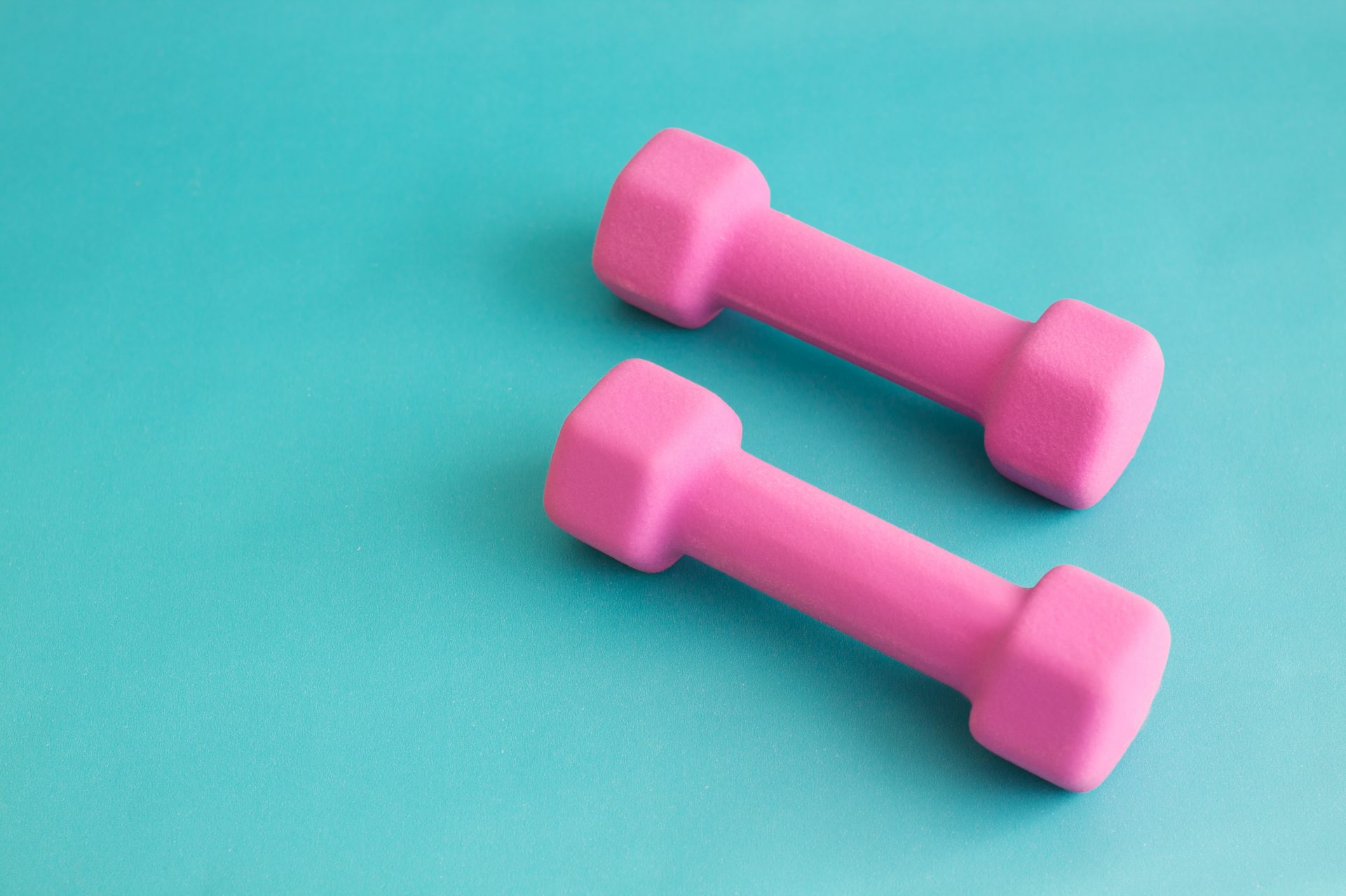Written by Chloe Gray
Want to reap the benefits of resistance training as well as find time for your daily walk? Here’s how.
If 2020 taught people anything, it’s the huge benefit of getting outside for a walk. But that doesn’t mean that those who loved weight training were over their lifting schedule – according to PureGym, gyms were the most missed part of our lives during lockdown, with searches about them reopening hitting 135,000, double that of pubs and hairdressers.
Now that gyms have re-opened for some people, the question is how can we balance the two workouts, given the huge benefits of walking and resistance training? The answer could be combining them by adding weights into your walking routine.
While weighted walking might trigger images of aerobics in heavy lycra, don’t be put off. The benefits are huge, and the workout is pretty accessible for everyone. So we asked an expert for her tips on how and why we should be walking with weights – this is what she said.
What are the benefits of walking with weights?
“The benefits are largely cardiovascular and can include increased oxygen consumption and energy expenditure during exercise, which would lead to positive adaptations to improve fitness,” says Dr Georgina Stebbing, sport and exercise physiology expert from Manchester Metropolitan University.
In one study by the Journal of Applied Physiology, walking with weights was shown to be comparable to running in terms of energy usage, making it an effective alternative for those who need to avoid high impact activity.
“Additional benefits include maintenance of bone and muscle strength, particularly in older, post-menopausal women,” Dr Stebbing adds. However, if you are someone who regularly lifts heavy weights, the lighter resistance used during walking would probably not be enough to maintain or grow your muscle and bone strength, but you would still benefit from the cardiovascular effects.
“It is also necessary to point out that all of these benefits would be true of a walking routine alone, but would take longer to achieve, or would not be as substantial as those observed when walking with the addition of weight,” says Dr Stebbing.

What weight should you use for walking?
“Hand-held or wrist worn weights are a good place to start, as these only need to be around 1kg each for them to have a notable effect on increasing the energy cost of a given walk,” says Dr Stebbing. Two studies published in the Medicine & Science in Sports & Exercise journal, one in 1987 and another in 1994, show that weights less than 1.36kg make no difference to the physiological response compared to walking without weights, so start with around 1kg and increase weights in small increments.
For people more experienced with weights, “vests can be useful, but usually need to be heavier than wrist weights to produce similar increases in the energy cost of exercise,” says Dr Stebbing. She says that using at least 10% of body weight has been shown to be beneficial in older adult populations, and around 20% in younger populations (ie if you are 70kg, try walking with a 14kg vest).
As with all forms of exercise, it’s important to not do too much too soon, notes Dr Stebbing: “Typically, individuals using weighted vests, or weights around the hips would start light and once accustomed to the weight over a set distance or duration would then increase the weight and repeat the process of becoming accustomed to carrying that weight over a set distance or duration before increasing any further.
“Any individual with heart conditions should be particularly cautious about exercising with additional weight, and should definitely consult a GP before attempting to do so.”
Walking with ankle weights should be avoided, as it can put too much pressure on the muscles in your hips and lead to injury.
How fast should you walk with weights?
“If an individual is already walking regularly then they can continue with their usual walking routine, maintaining the same distance and duration, when they add in weights,” says Dr Stebbing. However, for optimum benefits, it is important to not slow your pace once using extra resistance.
“Some research has demonstrated that when allowed to self-select a walking pace, participants tended to walk around 12% slower when using hand-held weights in comparison to walking alone. However, you should ideally look to at least maintain a moderate or brisk intensity, above 50% of your maximum heart rate,” says Dr Stebbing. You can roughly work out your max heart rate by subtracting your age from 220.
“That said, for individuals who may struggle to maintain that intensity, you may choose to add hand-held weights to a slower walking routine as a way to obtain the same benefits as would normally be achieved from moderate-intensity walking without weights,” adds Dr Stebbing.
Follow @StrongWomenUK on Instagram for the latest workouts, delicious recipes and motivation from your favourite fitness experts.
Images: Getty
Source: Read Full Article
